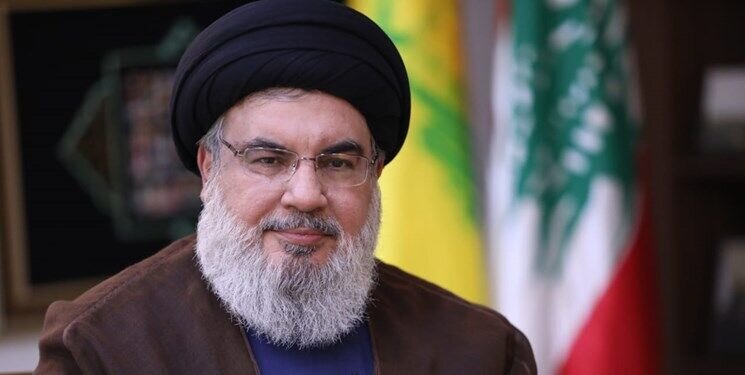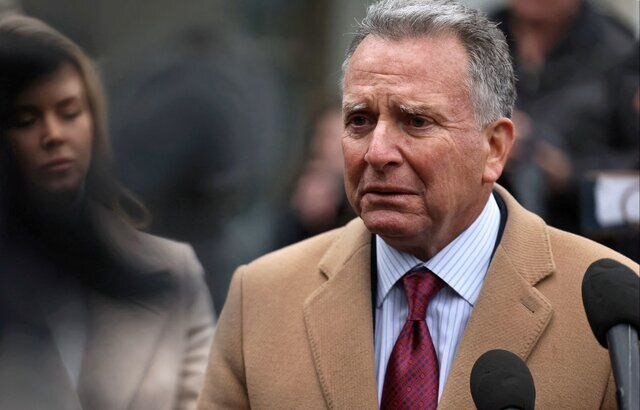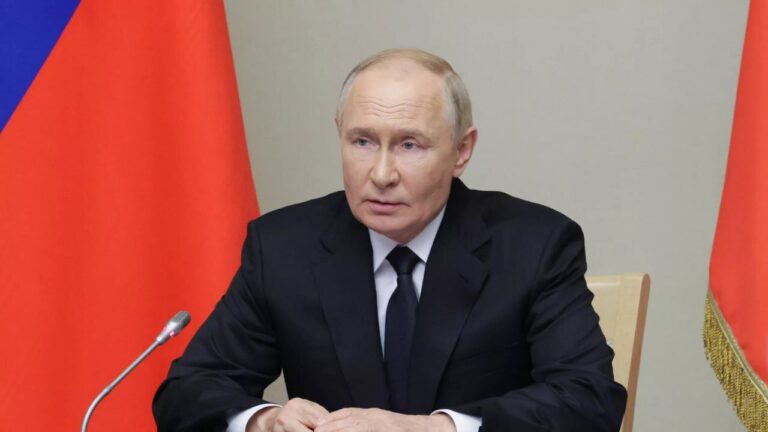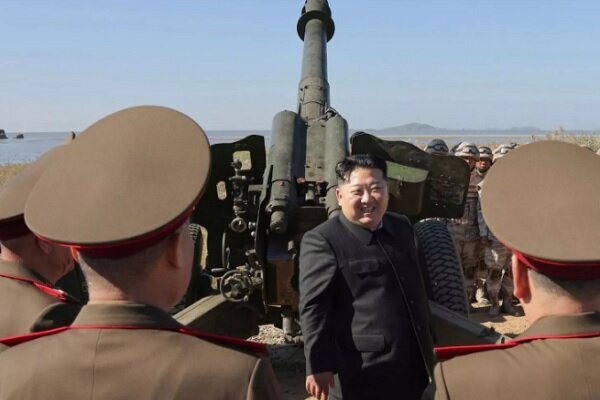Unveiling the Ascent of Sayyed Hassan Nasrallah: From Shadows to Prominence
Sayyed Hassan Nasrallah, a prominent figure in the Arab world, has significantly influenced modern Lebanon and the broader Arab-Israeli conflict. Known for his leadership of Hezbollah, Nasrallah was tragically martyred at the age of 64 during a series of devastating Israeli airstrikes in southern Beirut on September 27.
Under Nasrallah’s guidance, Hezbollah transformed from a local armed movement into the largest political party in Lebanon’s contemporary history. His leadership was marked by remarkable electoral successes and military achievements, establishing him as a formidable opponent of Israel.
Rise of Hezbollah under Nasrallah
Hezbollah’s ascent can be highlighted through several key milestones:
- 2018 Parliamentary Elections: Hezbollah secured more than 340,000 preferential votes, the highest for any party in Lebanon since its independence.
- Military Strength: In October 2021, Nasrallah declared that Hezbollah had amassed a force of 100,000 fighters, positioning it among the world’s most powerful armed organizations.
- Influential Speeches: Nasrallah’s public addresses resonated throughout the Middle East, solidifying his status within the Axis of Resistance, which includes various groups such as Hamas, Islamic Jihad, and the Houthi movement.
Early Life and Influences
Born in 1960 to a modest Shia family in the impoverished area of Sharshabouk, east Beirut, Nasrallah developed an early interest in religion. He drew inspiration from Sayyed Musa Sadr, an influential Iranian-born imam who initiated the Movement of the Deprived in 1974 to advocate for Lebanon’s marginalized Shia community.
The onset of the Lebanese civil war in April 1975 saw Nasrallah’s family relocate from predominantly Christian east Beirut to their ancestral village of Bazourieh in Tyre. In December 1976, seeking religious education, Nasrallah traveled to Najaf, Iraq, where he studied at a seminary that encouraged a proactive role for Shia scholars.
Formation of Hezbollah
After returning to Lebanon due to a crackdown on Shia in Iraq, Nasrallah aligned with Sayyed Abbas Mussawi, who later became Hezbollah’s secretary general. Their shared vision led to the establishment of Hezbollah in the summer of 1982, following Israel’s invasion of Lebanon. This marked a pivotal moment in Lebanese history as Hezbollah adopted a doctrine of armed resistance against Israeli occupation.
Some critical events during this period include:
- Israeli Invasion: In June 1982, Israel invaded Lebanon, resulting in widespread civilian casualties and setting the stage for Hezbollah’s formation as a response to the occupation.
- Guerrilla Warfare: Hezbollah launched a guerrilla campaign to expel Israeli forces, claiming it was a precursor to liberating historic Palestine.
- Significant Attacks: By 1985, Hezbollah had successfully driven Israel from much of southern Lebanon and continued its operations against Israeli outposts in the region.
Leadership and Legacy
Nasrallah’s rise to leadership of Hezbollah came after the assassination of Mussawi in 1992. Under his command, Hezbollah not only expanded its military capabilities but also began participating actively in Lebanon’s political landscape. Key developments during this time include:
- Electoral Participation: In the 1992 elections, Hezbollah won 12 seats, marking its entry into the political arena post-civil war.
- Military Operations: Throughout the 1990s, Hezbollah intensified its military operations against Israeli forces, further entrenching its role as a key player in the conflict.
- Israeli Withdrawal: In May 2000, Israel withdrew from southern Lebanon, a significant victory for Hezbollah that validated Nasrallah’s long-held belief in armed resistance as the path to reclaiming Arab land.
Nasrallah’s legacy is marked by his ability to unify various factions within the Shia community and his unwavering commitment to resistance against Israeli occupation. His impact on Lebanon and the broader Middle East is profound, as he remains a central figure in discussions surrounding the Arab-Israeli conflict.
In summary, Sayyed Hassan Nasrallah’s life and leadership have left an indelible mark on Lebanon’s political landscape and the ongoing struggle for Palestinian rights. His journey from a humble background to becoming a powerful leader illustrates the complexities of regional politics and the enduring quest for sovereignty and justice in the Middle East.






